Forgetting Vandenberg, Jo Applin

In the 1990s, the Belgian artist Philippe Vandenberg began to fill numerous books with drawings, in which the same motifs and forms recurred over and over again in a series of repetitive variations on a theme. During this period, Vandenberg’s drawing practice – which ran concurrent with his prolific painting practice – took on an almost unconscious, automatic quality, his hand tracing line and shape and form. In some drawings, text also features, appearing in large, handwritten scrawling letters. Others contain brightly coloured figures and abstract patterns detailing lines, circles, and triangles that flutter across the page and canvas. His works on paper total in the thousands, with page after page filled with images and words rendered in pencil, charcoal, gouache, watercolour, and on occasion, the artist’s own blood.
Themes of desire and forgetting run throughout Vandenberg’s drawings, while certain motifs, such as the cross and the circle, are also frequently repeated. In various guises these two forms dance, spill, float, and spiral, proliferating across the page in bright colourful washes and hand-drawn lines. [Figs. 1–2 ]
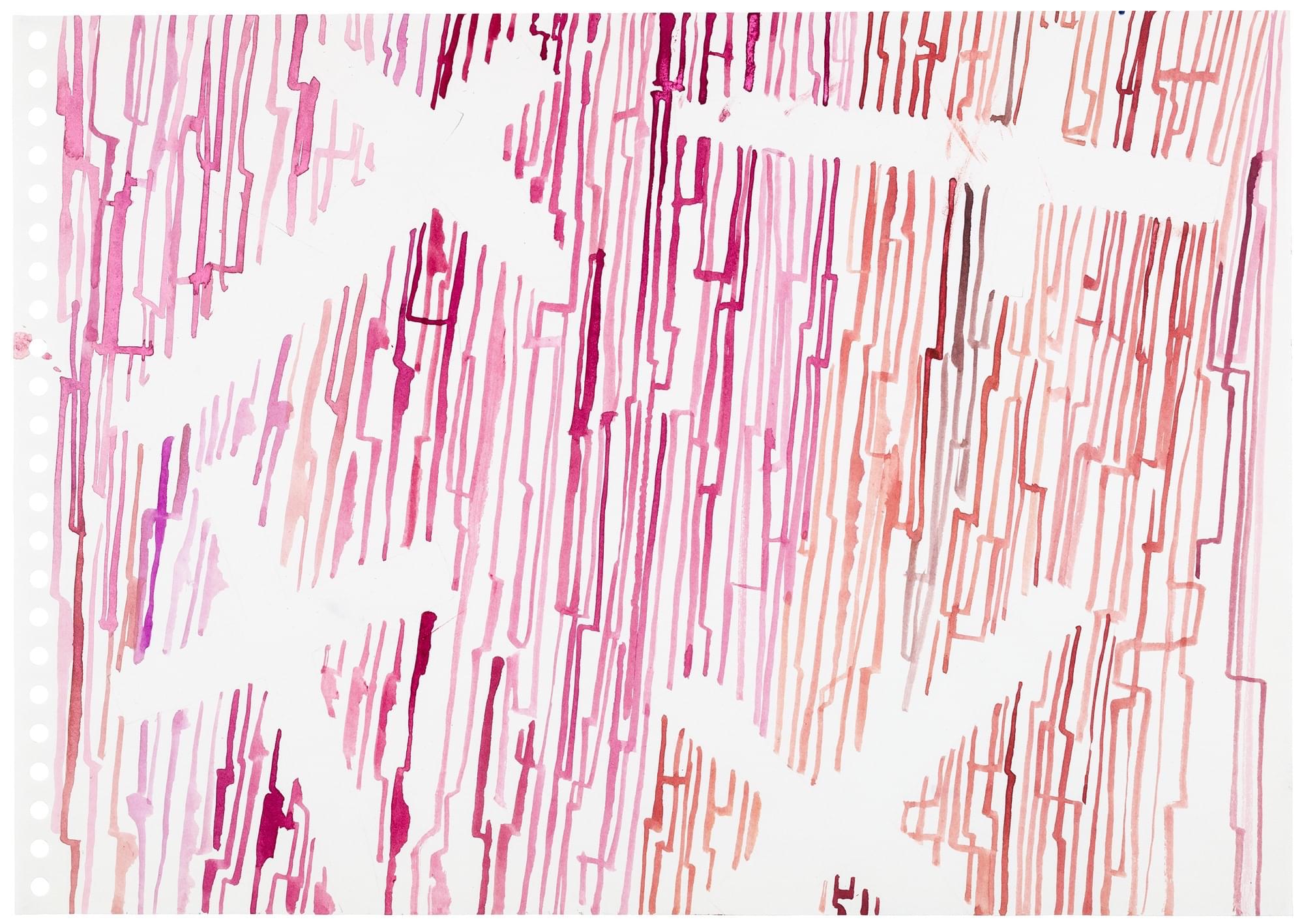
Fig. 1 No title, 2002-2003, Watercolour and pencil on paper, 29,7 x 41,3 cm.
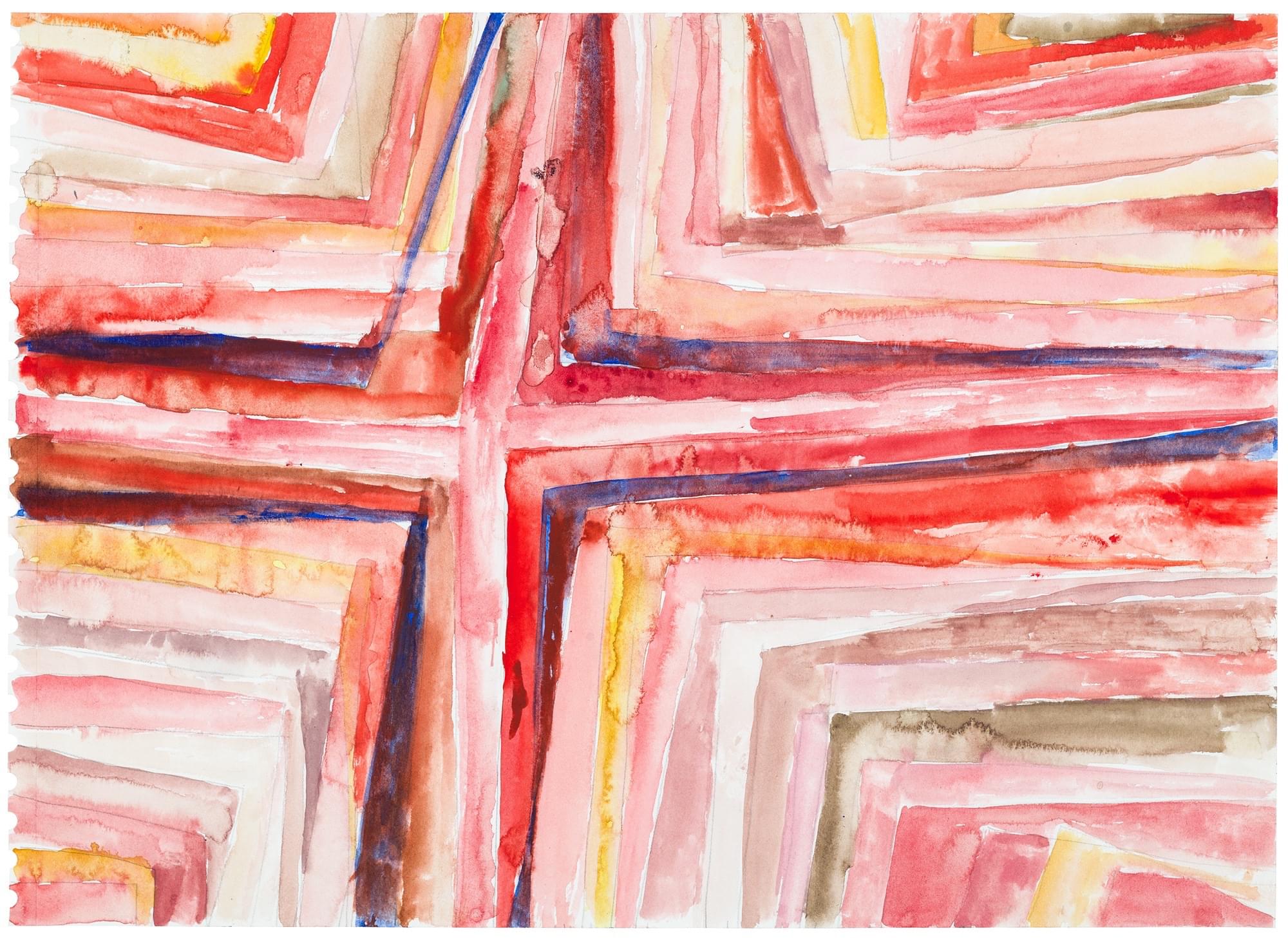
Fig. 2 No title, 1999, Watercolour and pencil on paper, 29,7 x 40,3 cm.
The circle and the cross function for Vandenberg as both abstract building blocks and symbolic, weighty icons: a circle becomes a bloodied crown of thorns, or a group of dancing, naked figures, Fig. [3] and crosses veer from abstract patterns to religious crucifixes, such as the one fashioned from a totemic series of unblinking eyeballs. [Fig. 4] Often, the cross appears in the unmistakable form of the swastika – an example of Vandenberg revelling in his role as outsider and outspoken provocateur. By electing to depict the swastika in both its Buddhist and Nazi forms, however, Vandenberg reveals his interest in ‘the mobility of images’, in which a form’s potency as a symbol is pitched against its serial repetition and reduced to the level of abstract form.1 We see this in the image of a swastika upended and mobilized to resemble a walking stick-figure. [Fig. 5] Vandenberg elects to keep his motifs in a constant state of flux, never quite settling as either one thing or the other. Instead, familiar refrains migrate, echo, and repeat across his drawings, paintings, and writings. ‘Let’s say that each work is only preparation for the next one’,ii the artist proposed. ‘Il me faut tout oublier’ (I must forget it all) was an enigmatic phrase the artist repeated in his writing and inscribed across the surfaces of his sketchbooks and canvases. For Vandenberg the phrase described a destructive impulse, but it also contained a promise, signalling an imperative to start over once again. We might think of these repetitions in terms of an associative chain of memories, a storehouse of things not to be forgotten but repeated, and so, counter intuitively, remembered

Fig. 3 No title, 2002, Pencil and watercolour on paper, 29,7 x 41,3 cm.

Fig. 4 No title, 2002-2003, Pencil on paper, 29,7 x 41,3 cm.
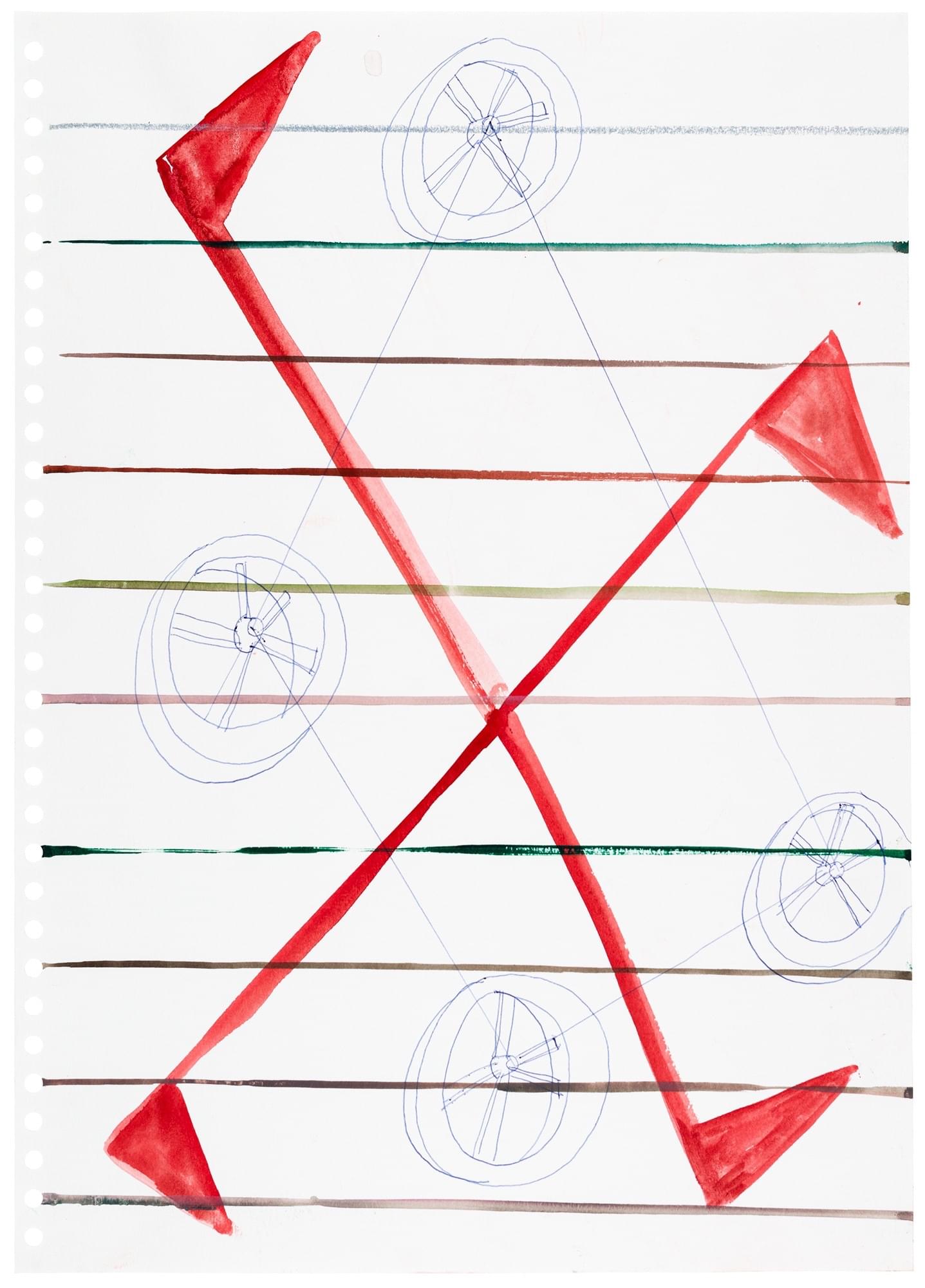
Fig. 5 No title, 2009, Watercolour and ballpoint pen on paper, 42 x 29,7 cm.
When Vandenberg draws and paints brightly coloured circles, they register in multiple ways, suggesting at once an atomic structure, a playful clutch of balloons, or a sea of dancing spots akin to the after-effects of having stared into the light for too long. [Figs. 6–7 ] Vandenberg also turned to other geometric forms – albeit wobbly and unmistakably handdrawn – such as the group of drawings containing an interconnected set of lines, jointed as though they were pipes networking their way across the page. An unidentified pair of feet marches along the top of one line, transforming it from a hand-drawn grid to a diagram, complete with basic instructions written in ballpoint pen, as though an afterthought, and turning an abstract pattern into a map containing a set of imperatives or directions. One hastily added phrase, for example, simply reads ‘le retour’. [Fig. 8] Wonky rhomboid forms function elsewhere as colourful, awkwardly shaped flags or, in other instances, like redacted passages, as is the case with the blacked-out areas obscuring the handwritten text underneath. [Fig. 9] Far from reproducing the serial repetition of his Minimalist forebears, such as Donald Judd and Sol LeWitt, who exploited drawing for its mechanical and decidedly non-expressive, non-subjective possibilities, the presence of Vandenberg’s hand in his drawing is inescapable. When a grid or geometric shape appears, it is hand-drawn and deliberately hasty – no sheets of printed square graph paper for Vandenberg. Nor does abstraction ultimately win out; instead, Vandenberg keeps the two approaches in productive tension.
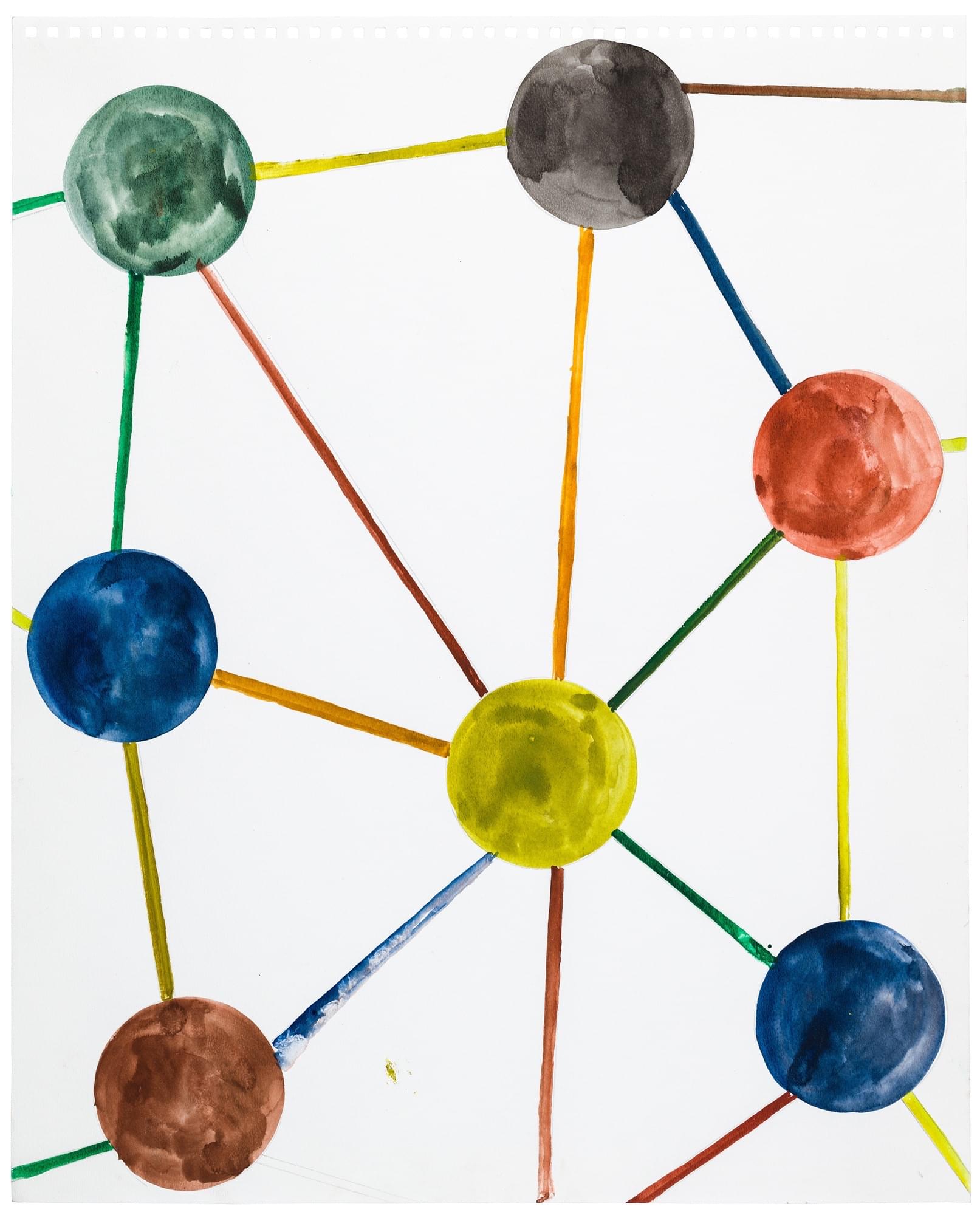
Fig. 6 No title, 2004, Watercolour and pencil on paper, 48 x 36 cm.

Fig. 7 No title, 2004, Watercolour on paper, 45 x 37 cm.
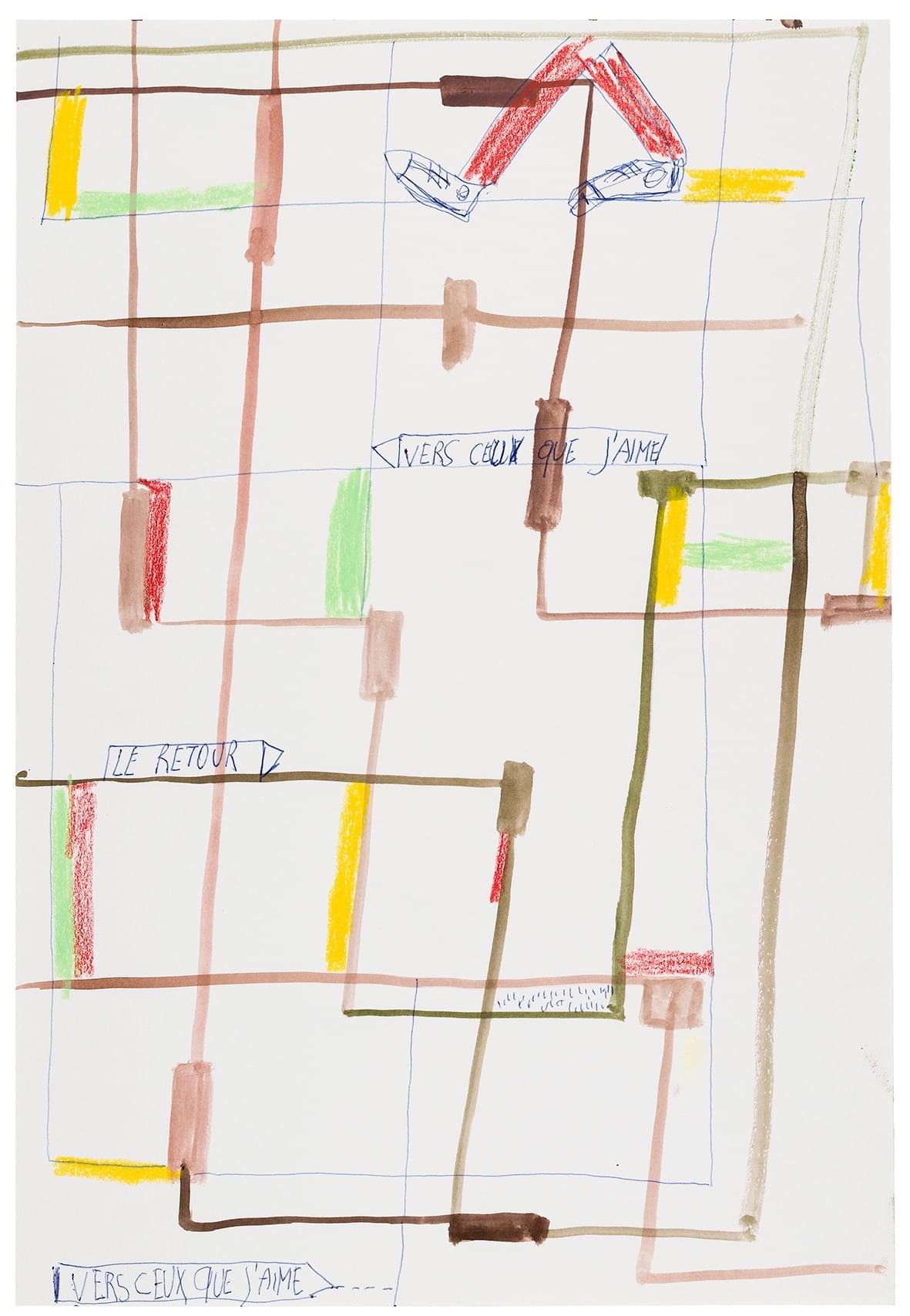
Fig. 8 No title, 2009, Watercolour, ballpoint pen and coloured pencil on paper, 42 x 29,7 cm.
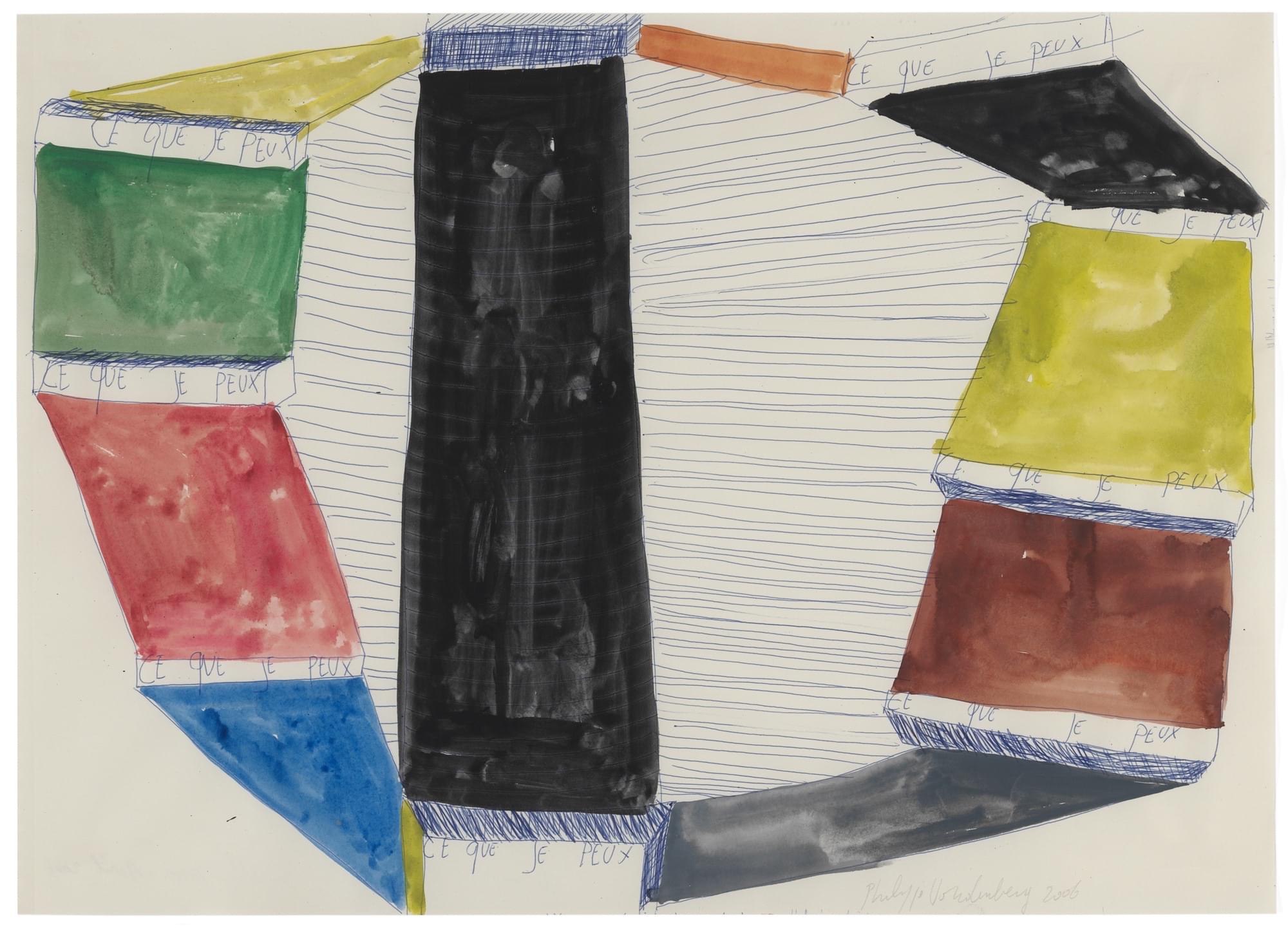
Fig. 9 No title, 2006, Watercolour and ballpoint pen on paper, 42 x 59,4 cm.
Despite the fact that Vandenberg frequently drew upon eternal, classical forms and tropes – whether abstract, in the case of the circle and cross, or derived from religious and profane sources ranging from Rembrandt’s etchings to the hellish worldscapes of Hieronymus Bosch and Goya’s ‘Disasters of War’ series – we should think of Vandenberg less as an existential expressionist than a cool-headed avant-garde strategist. For Vandenberg frequently and abruptly shifted gear in his working process, both in terms of his painting practice, in which he switched back and forth between a latter-day romanticism and turmoil-riven expressionism, to a graffiti-like figuration and, on occasion, a striking engagement with the monochrome and geometric abstraction. And yet Vandenberg was insistent that there was a ‘clear order’ at work in his many stylistic and formal detours: ‘One movement leads to another, one colour to the next. There is a certain degree of direction, which allows you to perform certain interventions, and in combination with coincidence this leads to an unexpected image’.iii At times Vandenberg combined both text and image in the same space – another kind of ‘intervention’, such as those already noted, in which large blacked-out blocks are overlaid on hand-written text to produce an ‘unexpected image’ that stains and seeps across the page. [Fig. 10]
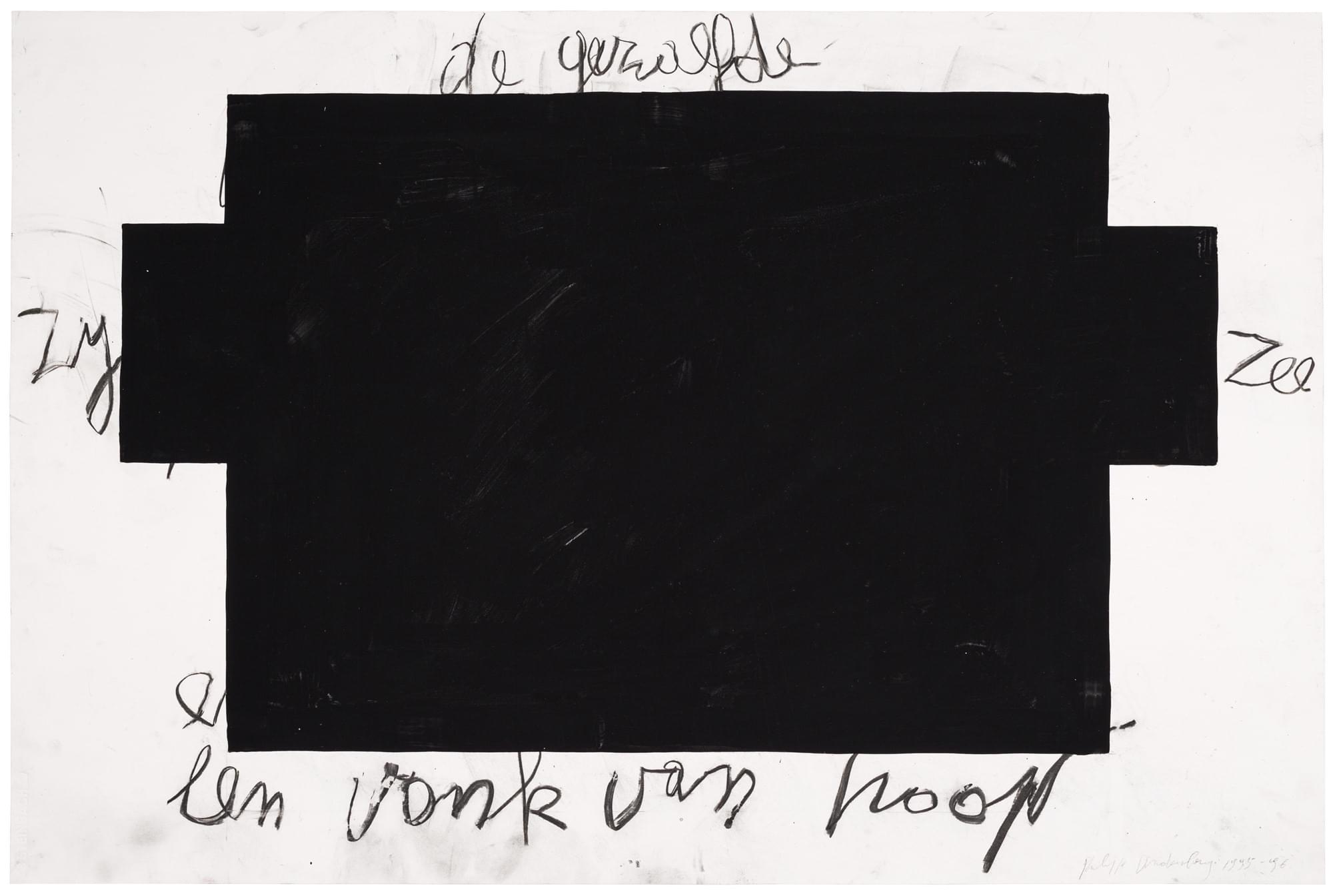
Fig. 10 No title, 1995-1996, Gouache and charcoal on paper, 73 x 110 cm.
In works such as these, abstraction – articulated as a kind of silence or blockage – wipes out language in a repressive act of attempted erasure or deliberate forgetting. Alongside drawing, another constant in Vandenberg’s life was his writing practice, and he produced numerous prose poems and artist’s books over the course of his career that, like the drawings, were multi-vocal in style and appearance. Vandenberg describes memories and offers poetic reflections on life and the act of making art that lurch from expressions of failure and success, to those of desire and despair, creativity and destruction; opposing axes that also recur across his drawings, and which collectively build into a complex, mercurial presentation of art as both salvation and tyrant. Vandenberg was a keen reader of avant-garde writers including Céline, Rimbaud, and Artaud, and an intellectual, romantic strain of thought runs throughout his own practice. But Vandenberg was also a huge admirer of Samuel Beckett, and it is hard not to see, too, an element of Beckett’s own ‘Theatre of the Absurd’ at play across Vandenberg’s imagery, with its gallows humour edged with taut, philosophical reflections on failure and the profundity of life pushed beyond the pale, as reason slips into unreason. The closing line of Beckett’s The Unnameable (1953) speaks directly to Vandenberg’s own approach to art and life: ‘you must go on. I can’t go on. I’ll go on’. Vandenberg was aware of his historical forebears, but also of his contemporary postmodernist peers, with whom he shared a scepticism regarding the possibilities and limits of working in an expressionist mode. His own mobility between stylistic approaches and that of his motifs and repeated forms suggest something of this caution.
For fellow Belgian artist and one-time student of Vandenberg, Berlinde de Bruyckere, it was precisely Vandenberg’s focus on the ‘human condition’ that drew her to his work. De Bruyckere sees parallels with her own depictions of pain, suffering and wounds – both metaphorical and literal – a point made clear when she curated a joint exhibition of their work in 2014 at the Maison Rouge, Paris.iv As Brett Littman pointed out in an essay on the work of both artists, each plays out ‘personal doubt and despair, sexuality, death and the darker side of human nature’.v One example of Vandenberg’s encounter with the ‘darker side’ of human nature is seen in the group of drawings, again deploying ‘circles’, but this time via figuration, that conjoin a series of female heads via a phallic snake that weaves through their gritted teeth (think, too, of the sexually violent imagery of naked bodies piled one on top of another in fantastical couplings). When, in 2003, Vandenberg recused himself for a period of time to enter a psychiatric hospital, he turned to drawing with renewed vigour, filling sketchbook after sketchbook with works that would eventually be published as Pilgrim’s Throat, the title of which was a reference to Artaud’s writing and existential crises.
Vandenberg’s use of blotches and stains – of ink, and of blood – alongside thin, hand-drawn lines recalls works on paper made by the German artist Wols during the 1940s, in which he employed an intense small-scale system of existential mark-making, an attitude learned by way of the writings of Jean-Paul Sartre and Simone de Beauvoir, both of whom he encountered while living in France. Wols, however, was not a trained artist, unlike Vandenberg, who despite his self-conscious outsider positioning, was steeped in the classics as much as the avant-garde, readily acknowledging his fascination with Old Master paintings, which since childhood he would sit and absorb in the galleries of the Museum of Fine Arts in Ghent, with works including Bosch’s Christ Carrying the Cross (1510-1510) making their mark upon the artist from a young age. It was in this museum that Vandenberg first encountered the power of religious imagery such as ‘the crucifixion, the Stations of the Cross, the Madonna, the Pietà’.vi Looking back, Vandenberg later realized how much these images had provided him with ‘basic symbols’ to which he returned with increasing frequency in the early 1990s.vii
Vandenberg’s work has often been compared with the expressive, vivid, and multifaceted work of artists such as George Baselitz and Leon Golub. It also shares certain affinities with the complex, protean oeuvre of his peer, the German artist Martin Kippenberger, most notably with the latter’s extensive series of ‘Hotel Drawings’ (1987-1997). This suite of drawings was executed on hotel stationery and ranges from doodled sketches to highly composed images. Other, less obvious comparisons might be made with the vivid, tonal hues of Hilma af Klint’s renderings of complex spiritual systems, drawings that share much with Vandenberg’s delicate abstract gouaches, while his erotic- psychotic couplings of naked figures recall the early drawings of Lee Lozano, such as her depiction of a headless male figure masturbating with a five-pointed star. Nancy Spero’s Codex Artaud (1970-1971) provides an important counterpart to Vandenberg’s masculine existentialism, as seen, for example, in his series of painted human heads, also typically depicted in profile. [Figs. 11-12] Spero’s lengthy scroll drawing combined a complex schema of text and image, which she named in homage to Artaud, the open-mouthed, screaming heads a substitute for Spero’s feminist battle cry. Comparisons have also often been drawn between Vandenberg and the American artist Philip Guston. The fact that it was only late in his career that Guston returned to the pop-like figuration and social commentary he had seemingly disavowed forty years earlier seems especially relevant given that Vandenberg’s own practice was similarly marked for its stylistic about-turns and dialectical approach, in which forms are pitched one against the other in productive, tense pairings: representation versus abstraction, sacred versus profane, erotic versus violent. viii While many of Vandenberg’s references derived from the artist’s inner world as much as the world outside, at certain moments the two align in complex ways. Take, for example, his strange, compelling series of portraits of the Palestinian leader, Yasser Arafat, in which Arafat is always depicted with the same, broad, beguiling smile, or the group of homages to the German left-wing militant and co-founder of the Red Army Faction, Ulrike Meinhof. These are rare images in Vandenberg’s oeuvre that are as charged politically as they are psychically, and they offer another way into thinking about his practice as social commentary, his exploration of the ‘human condition’ made concrete and historically specific.
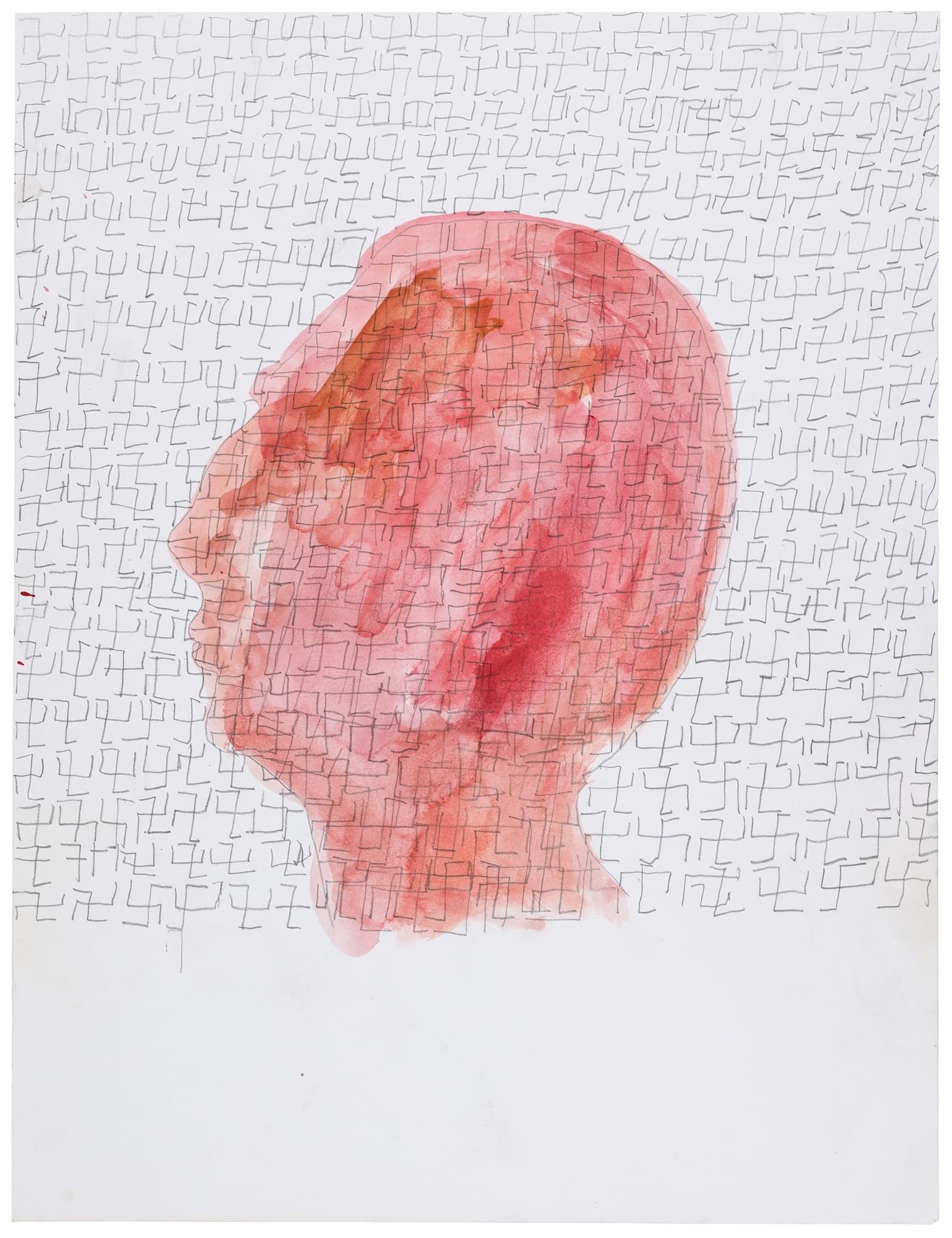
Fig. 11 No title (Swastika Self-portrait), ca. 2003, Pencil on paper, 47,3 x 36 cm.

Fig. 12 No title, ca. 2003, Watercolour and pencil on paper, 47,3 x 36 cm.
Vandenberg’s frequent return to the cross and circle recall the quick-fire game, played out in pencil or pen on paper, called ‘noughts-and-crosses’. In order to play, two opponents take turns to fill a small, hand-drawn grid of nine squares with either circles or crosses. The winner is the first to achieve a clear run of three in a row, without having been blocked by their opponent. A triumphant line is then drawn through the winning set, simultaneously connecting and cancelling out the winning row, and so signalling an end to the game. It is a game predicated not on strategy but tactics – less a game of skill than a habit learned, and repeated. There are only so many moves one can make, and familiar patterns of play are quickly established as crosses and circles proliferate over the page – for rarely does a game end with only one round played. As both players know the rules, the best outcome available to the players in most instances is a draw, resulting in a levelling of the playing field, with each opponent typically reaching a stalemate or point of no return within only a couple of moves.
I raise the issue of this simple game not just because of Vandenberg’s frequent recourse to the formal motifs of the ‘O’ and the ‘X’ in his own works on paper, but because of the manner in which he worked with a limited set of forms, repeating them over and over again as if playing against himself. There is something about the fact that the opponents play multiple rounds, starting over again and again as they quickly go through the motions in the hope of a different, better outcome that resonates with Vandenberg’s formal practice of forgetting and starting over, of drawing a line under – or through – one mode of working, only to swiftly embark upon another.
As well as the image of the circle and the cross, other stock phrases also recur alongside ‘Il me faut tout oublier’ that similarly read as attempts at starting over. These simple, enigmatic lines in many ways form the backbone of Vandenberg’s attitude toward art as that which thwarts as much as supports his endeavours. The phrases – variously presented in French and English – include the repeated imperative ‘kill them all’ and ‘l’important, c’est le kamikaze’, both of which propose destruction as a protean, necessary stage in the creative process. The kamikaze stands for last-ditch attempts and spectacular endings while the imperative to forget entirely is a powerful – and impossible – thing to achieve. The fact that Vandenberg often erased part of the phrase when it appears in his paintings, allowing the words to peter out or fade away, suggests this was a fact of which he was all too aware. Between not forgetting and the ‘importance’ of the kamikaze act, then, lies something of Vandenberg’s response to the pressures – and pleasures – the work of art can produce, emphasizing the necessity, but also the refusal – the impossibility – of forgetting.
Sigmund Freud’s 1925 essay ‘A Note on the “Mystic Writing Pad”’ used the children’s toy as a metaphor to describe how remembering and forgetting are formed and organized by the unconscious.ix For, as Freud pointed out, the ‘Mystic Writing Pad’, like the unconscious, never really ‘forgets’. Instead, the written words remain etched indelibly onto the surface of the wax tablet, due to the thin sheet of paper onto which the words are scored, and so stored; an inadvertent effect of the stylus having been pressed down hard onto the surface. The drawn line cannot be fully erased or forgotten, despite all attempts to do so. Instead it remains legible, as though a half-remembered, or semi-erased, instruction. I suggest Vandenberg’s drawings function in a similar vein to the ‘Mystic Writing Pad’, with each work bearing the memory of previous forms and motifs that linger, return and repeat: all those migratory circles, crosses, swastikas, and naked forms that tumble into view across the page, and from one drawing to the next, despite the artist’s instruction that we forget them all. It is telling, too, that Vandenberg himself has been not so much forgotten within accounts of recent art history, but rather that he has never quite been present from the outset. While historians of Belgian art rightly acknowledge his importance, Vandenberg remains hard to place, on the wider international scene, and does not fit neatly into any existing accounts. For that reason it is difficult to know where to begin, and perhaps where to end, when accounting for Vandenberg’s work. Several ‘Vandenbergs’ are ultimately possible, although none fit comfortably with contemporary ways of going about things. Yet they are all the more important for that. Difference within sameness is not only an old avantgarde trope, but a necessary condition for the artist working both within as well as against the grain.
We might then propose Vandenberg as a conceptual artist, committed to working, and thinking, in terms of serial repetition, even when that imagery takes on the hue of a romantic expressionism. It is a paradoxical status that the artist seems to have self-consciously adopted, not allowing viewers to get too comfortable with any one way of categorizing his work. Vandenberg’s drawings tackle big questions with honesty and courage, offering an investigation into life and art that is as often funny, playful and infantile as it is brooding and dark, keeping both himself and us on our toes, wondering what move the artist might make next. That is to say, there is something fundamentally destabilizing about Vandenberg’s work, a deliberate inconsistency aimed at keeping viewers and artist alike in a state of uncertainty. Like the small, hand-drawn, quickly made, and just as quickly forgotten game of O and X, Vandenberg’s drawings circle and cross one another, coming in and out of focus in different ways, and at different times, much like the artist himself.
Notes
(i) ‘Using the mobility of images of life, love and death, astonishment, tenderness, suffering, the human condition is revealed’. Vandenberg, ‘Diary of ‘Visite’, September 2007-April 2008, reprinted in Philippe Vandenberg: Visite (Gent: Museum Voor Schone Kunsten, 2008), 52.
(ii) Philippe Vandenberg, ‘What counts is kamikaze’, in Philippe Vandenberg: Oeuvre 2000-2006 (Charleville-Mézières: Musée Arthur Rimbaud, 2006), 93-108, 105.
(iii) ‘Philippe Vandenberg in conversation with Bernard Dewulf,’ in Philippe Vandenberg: Visite (Gent: Museum Voor Schone Kunsten, 2008), 37-48, p.45
(iv) In 2014 de Bruyckere curated an exhibition of Vandenberg’s work titled after Vandenberg’s phrase ‘Il me fault tout oublier’. Berlinde de Bruckyere, Berlinde de Bruckyere, Phillipe Vandenberg: Il me faut tout oublier (Paris: Maison Rouge, 2014)
(v) Brett Littman, ‘Phillipe Vandenberg and Berlinde de Bruyckere’, xxx
(vi) Ibid. 37.
(vii) Ibid. 37.
(viii) On this see Robert Slifkin, Out of Time: Philip Guston and the Refiguration of Postwar American Art, of California Press, 2013)
(ix) Sigmund Freud, ‘A Note Upon the “Mystic Writing Pad”’ [1925] in ‘The Ego and the Id and Other Works’, vol. 19, ed. James Strachey (London: Penguin, 2001), 227-232.
Type:
- Essay
Authors:
- Jo Applin
Language:
- English
Year:
- 2016
Published in:
Jo Applin. “Forgetting Vandenberg.” In Philippe Vandenberg “Crossing the Circle”, 121-131. Ghent: MER. Paper Kunsthalle; London: Drawing Room, 2016.
Originally published as:
Idem